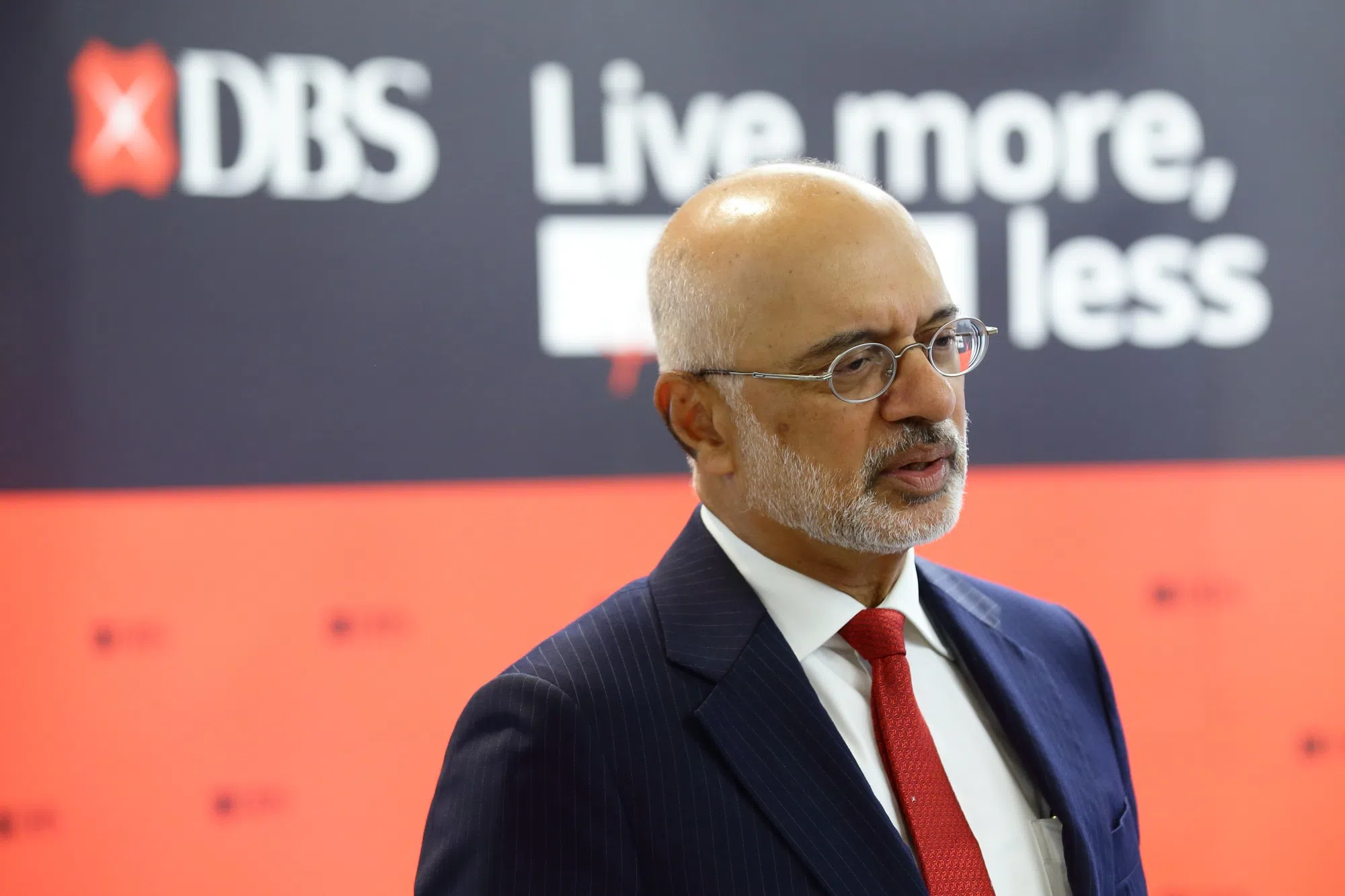OIL futures fell on Friday (Oct 18), declining more than 7 per cent on the week after data showed China’s economic growth slowed and investors digested a mixed Middle East outlook.
Brent crude futures fell US$1.39, or 1.87 per cent, to US$73.06 a barrel. US West Texas Intermediate (WTI) crude settled at$69.22 a barrel, down US$1.45 or 2.05 per cent.
Brent settled more than 7 per cent lower this week, while WTI lost around 8 per cent, marking their biggest weekly declines since Sep 2, when Opec and the International Energy Agency (IEA) cut their forecasts for global oil demand in 2024 and 2025.
In China, the world’s top oil importer, the economy grew at the slowest pace since early 2023 in the third quarter, though September consumption and industrial output beat forecasts.
“China is key to the demand side of the equation so that is very much weighing on prices here today,” said John Kilduff, partner at Again Capital in New York.
China’s refinery output declined for the sixth straight month as thin refining margins and weak fuel consumption curbed processing.
BT in your inbox
Start and end each day with the latest news stories and analyses delivered straight to your inbox.
“We cannot ignore the impact of electric vehicles in China,” said Neil Atkinson, Paris-based independent energy analyst and former head of the oil division at the IEA.
“There are various factors at play here, economic weakness in China but also the move towards the electrification of transport.”
Electric vehicle sales in China jumped 42 per cent in August and reached a record high of over one million vehicles.
Meanwhile, China’s central bank rolled out two funding schemes that will initially pump 800 billion yuan (S$147.6 billion) into the stock market through newly created monetary policy tools.
“Chinese data shows tentative signs of improvement, but recent briefings on additional economic stimulus left market participants underwhelmed,” said Rishi Rajanala, an associate at Aegis Hedging.
US President Joe Biden said on Friday there was an opportunity to deal with Israel and Iran in a way that potentially ends their conflict in the Middle East for a while.
“We lost additional parts of the geopolitical risk premium in the price of oil on talks of this all reaching an endpoint,” said Again Capital’s Kilduff.
Biden, on a visit to Berlin, also told reporters he has an understanding of how and when Israel will respond to the missile attacks by Iran, something investors continue to anxiously wait for, said Alex Hodes, an analyst at energy brokerage StoneX, said.
After the killing of Hamas leader Yahya Sinwar, Lebanon’s Hezbollah militant group said on Friday it was moving to a new and escalating phase as it battles Israeli troops.
This dashed hopes earlier on Friday that Sinwar’s death would speed up an end to the escalating war in the Middle East.
In the US, crude production smashed another record last week, according to the Energy Information Administration (EIA) on Thursday, as output rose by 100,000 barrels per day (bpd) in the week to Oct 11 to 13.5 million bpd, from its previous peak of 13.4 million bpd first hit two months ago.
Helping to give prices a floor, the EIA also said US crude oil, petrol and distillate inventories fell last week.
And US retail sales increased slightly more than expected in September, with investors still pricing in a 92 per cent chance of a US Federal Reserve rate cut in November.
“Positive US economic data has helped alleviate some growth concerns, but market participants continue to monitor potential demand recovery in China following recent stimulus measures,” said Hani Abuagla, senior market analyst at XTB Mena. REUTERS







